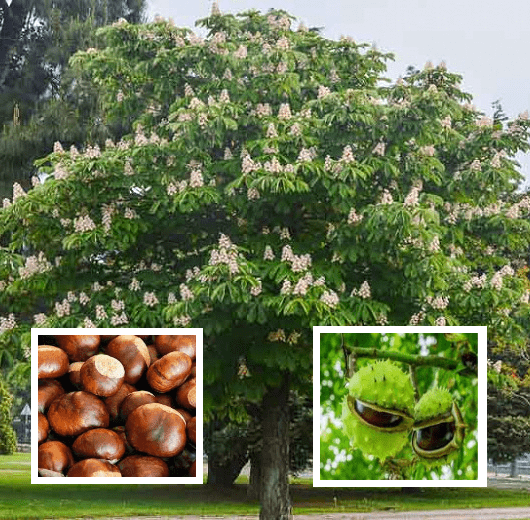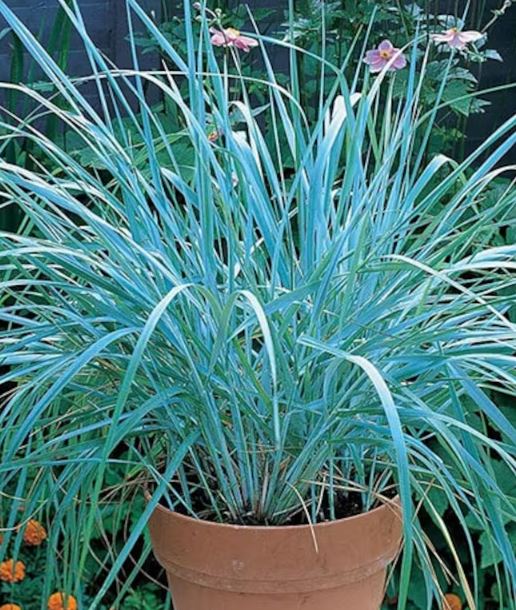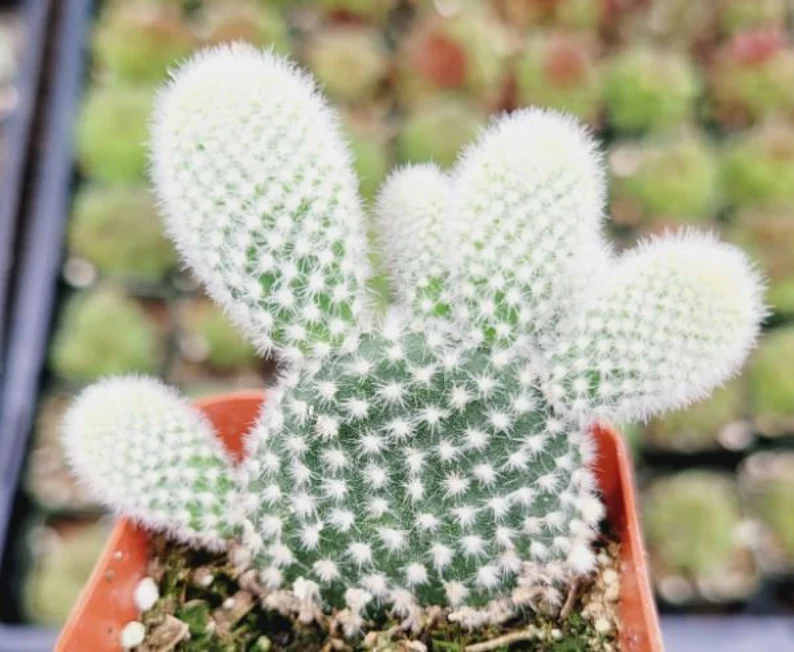
Welcome to the Strawberry Rubber Tree Guide
Strawberry Variegated Rubber Tree
The Ficus elastica ‘Tineke’ is a variegated cultivar of the Rubber Tree. It is known for its striking foliage, which features a combination of green, cream, pink, and sometimes reddish hues. The coloration of the leaves can resemble the appearance of strawberries, hence the name “Strawberry Variegated Rubber Tree.”
The ‘Tineke’ variety is popular among houseplant enthusiasts due to its unique and eye-catching appearance. It can be grown as an indoor plant, and it generally requires similar care to other Rubber Tree varieties. It thrives in bright, indirect light and prefers moderate watering, allowing the top inch of soil to dry out before watering again.
Please note that specific care requirements can vary depending on factors such as climate, location, and individual plant conditions. It’s always a good idea to research and consult care guides specific to the Ficus elastica ‘Tineke’ or seek advice from local plant experts for the best care practices.
Care Guide
- Lighting: Place your Strawberry Variegated Rubber Tree in a location with bright, indirect light. Avoid exposing it to direct sunlight, as it can scorch the leaves. If your plant receives insufficient light, the variegation may fade.
- Temperature and Humidity: The ideal temperature range for the ‘Tineke’ variety is between 60°F (15°C) and 80°F (27°C). It can tolerate slightly lower temperatures, but avoid placing it near drafts or cold windows. The plant appreciates moderate humidity levels, so misting the leaves occasionally or placing a humidifier nearby can help maintain adequate moisture.
- Watering: Water your Strawberry Variegated Rubber Tree thoroughly when the top inch of soil feels dry. Ensure proper drainage to prevent waterlogged roots, as excessive moisture can lead to root rot. Avoid letting the plant sit in standing water. Reduce watering frequency during winter when the plant’s growth slows down.
- Soil and Potting: Use a well-draining potting mix that retains some moisture but doesn’t stay excessively wet. A mixture of peat moss, perlite, and regular potting soil usually works well. Repot the plant when it becomes root-bound, typically every couple of years or as needed.
- Fertilization: Feed your Strawberry Variegated Rubber Tree with a balanced houseplant fertilizer during the growing season (spring and summer). Follow the instructions on the fertilizer packaging for dosage and frequency. Avoid over-fertilization, as it can cause leaf burn.
- Pruning: Prune the plant to maintain its shape and remove any dead, damaged, or yellowing leaves. You can also trim leggy stems to encourage bushier growth. Use clean and sharp pruning shears to avoid introducing diseases to the plant.
- Pests and Diseases: Monitor your plant for common pests like spider mites, mealybugs, and scale insects. If you notice any signs of infestation, promptly treat the affected areas with organic or chemical insecticides. Additionally, ensure proper air circulation and avoid overwatering to prevent fungal diseases.
- Propagation: The Strawberry Variegated Rubber Tree can be propagated through stem cuttings. Take a 4-6 inch (10-15 cm) cutting from a healthy stem, remove the lower leaves, and place it in a container with moist potting mix. Keep the cutting warm and humid until it develops roots.
Remember, individual care requirements may vary, so it’s important to observe your plant and adjust the care routine accordingly. Regularly check the soil moisture, inspect the leaves for any issues, and provide the appropriate conditions for your Strawberry Variegated Rubber Tree ‘Tineke’ to thrive.




